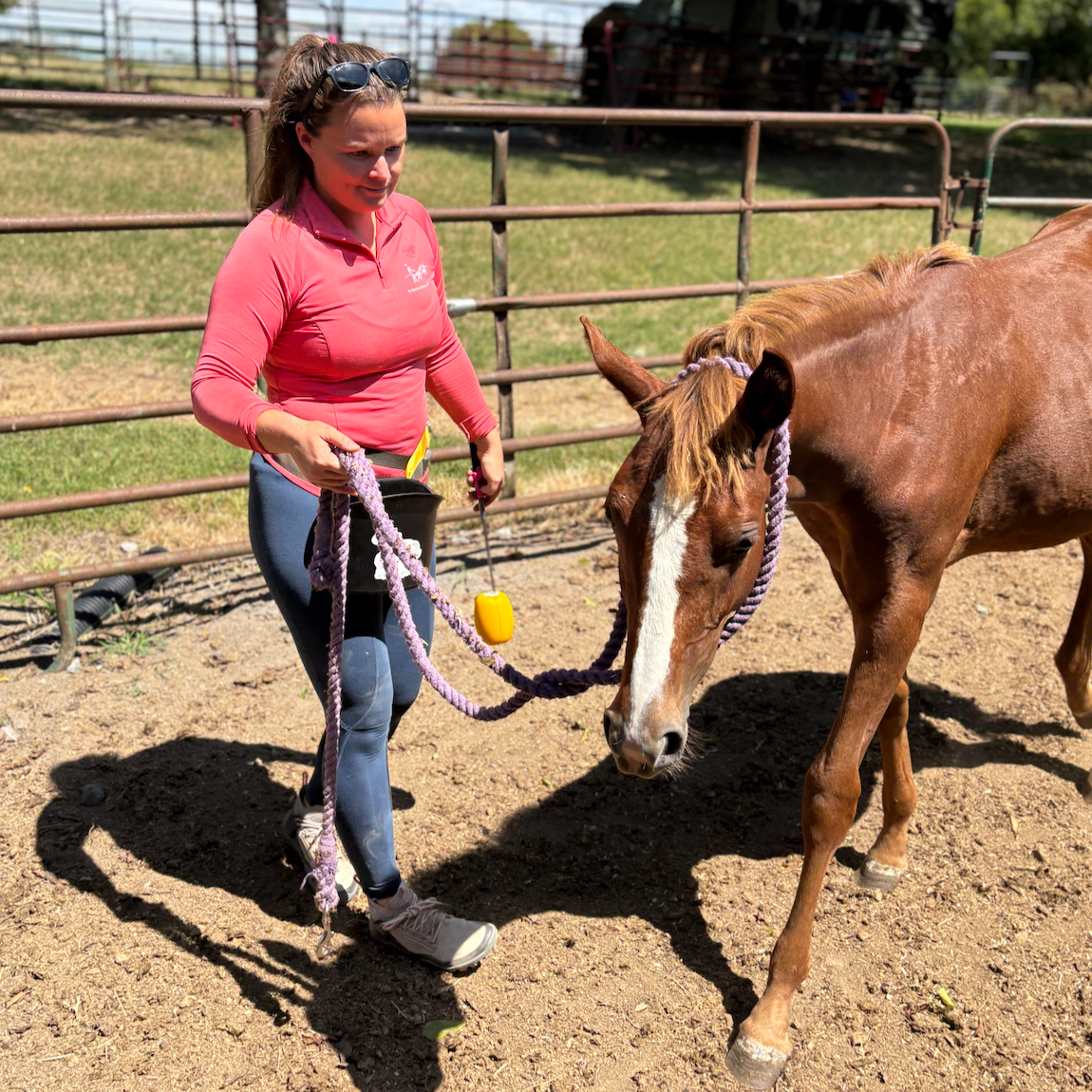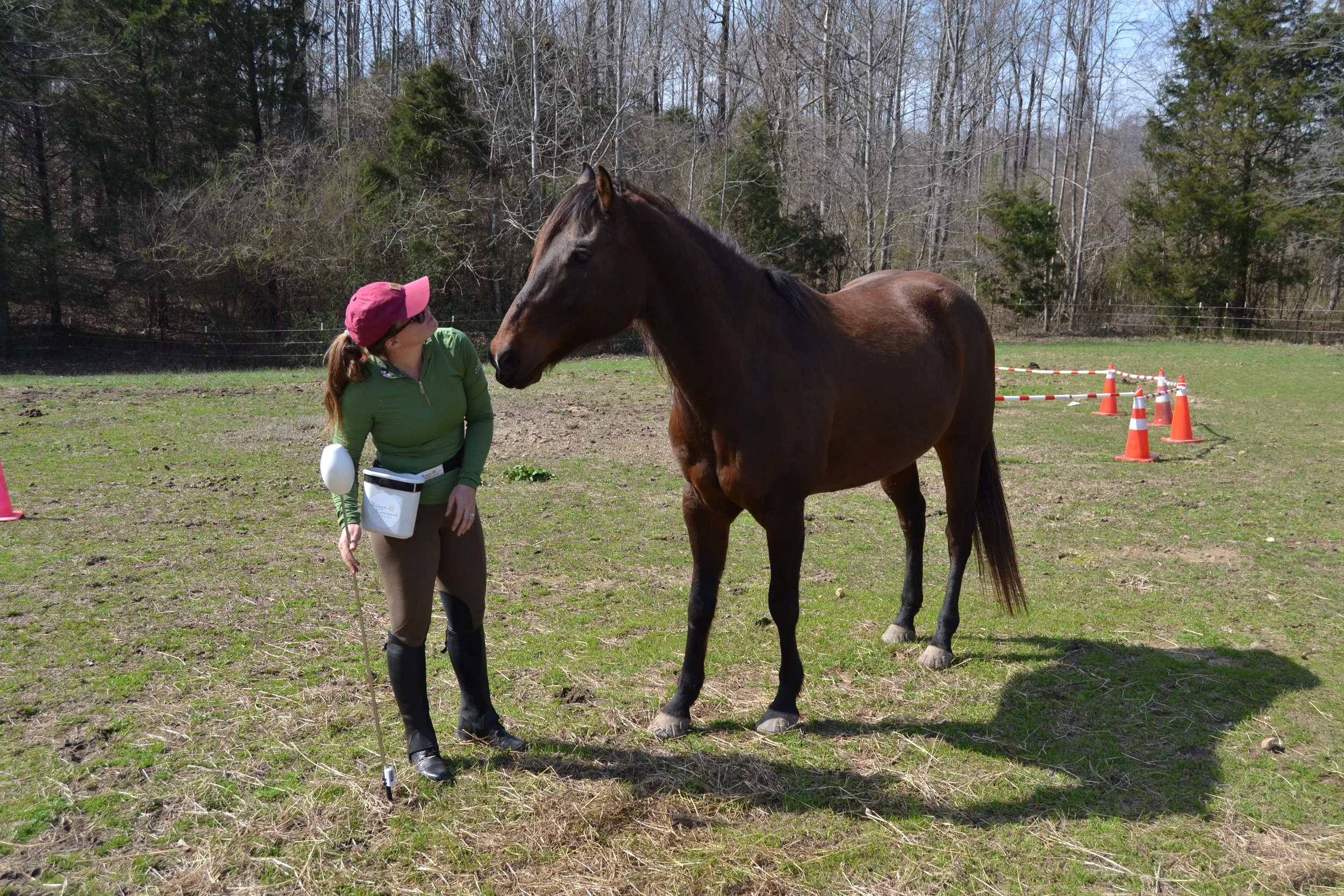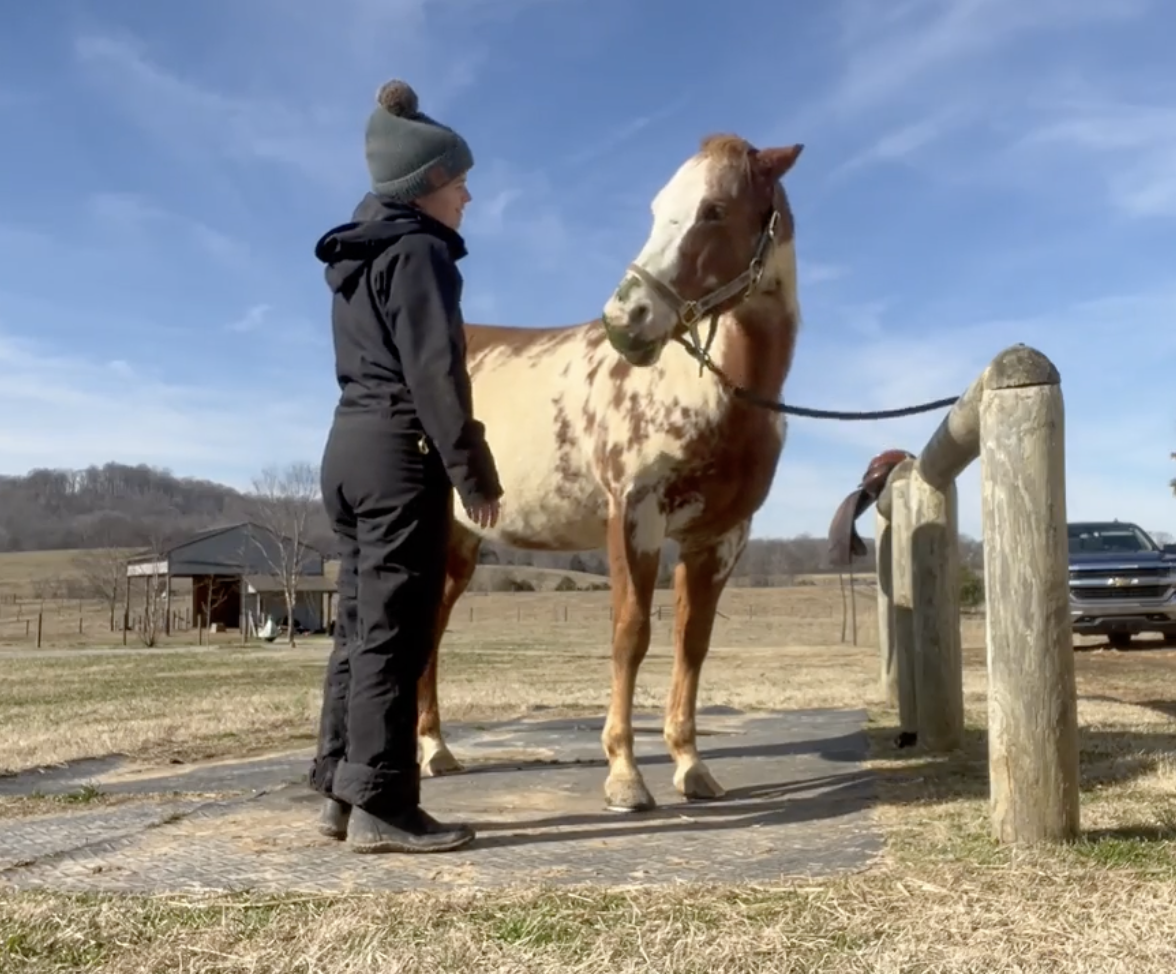When we think of a horse’s athletic ability, words like strength, speed, and stamina often come to mind. But one of the most vital elements of equine performance is less obvious: proprioception. This “sixth sense” of body awareness allows horses to know where their limbs are in space, coordinate complex movements, and stay balanced even under a rider’s shifting weight. And yet, it’s often overlooked in training, rehab, and injury prevention.
This article explores what proprioception is, why it matters for every horse—not just athletes—and how targeted rehabilitation exercises can enhance body awareness, improve performance, and reduce the risk of injury.
Read More









